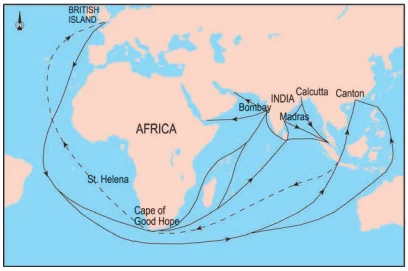![]() 25 Jun 2024
25 Jun 2024
The last powerful Mughal rulers, Aurangzeb, established control over a very large part of the Indian territory. However, upon his demise in 1707, the empire’s grip began to weaken, giving rise to the emergence of powerful regional kingdoms. This emergence in various parts of India turned Mughals capital ineffective as a governing center. In the 18th century, British entering the subcontinent as a trading company changed the course of Indian history.
Royal Charter: In 1600, Queen Elizabeth-I gave sole right to to trade with the East to the East India Company:

Factory in Bengal: The first English factory set up in 1651 on the banks of Hugli river, acted as the base from where company’s traders known as “factors” operated.
Resistance from Capable Rulers: After the death of Aurangzeb, the regional powers started asserting their power and autonomy, Bengal was no exception.


| Must Read | |
| Current Affairs | Editorial Analysis |
| Upsc Notes | Upsc Blogs |
| NCERT Notes | Free Main Answer Writing |
The East India Company’s arrival in India for trade gradually morphed into political control. The Battle of Plassey marked a turning point, and the Diwani rights solidified the Company’s economic and political dominance in Bengal. This paved the way for British colonialism to take root in India.
<div class="new-fform">
</div>